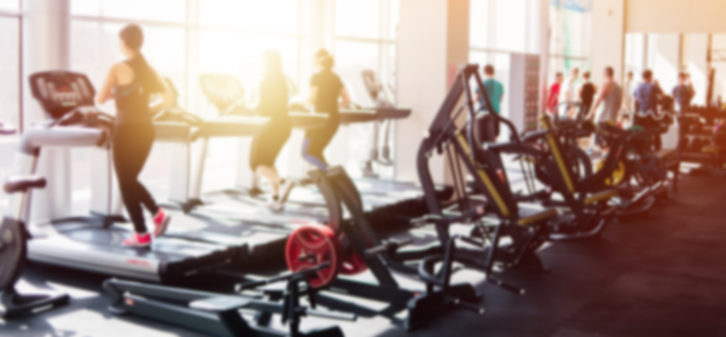Is exercising to lose weight or get into shape one of your New Year’s resolutions? You’re not alone. According to the American Psychological Association, more than 90 percent of Americans make a resolution to change aspects of their behavior, such as to lose weight, exercise, save money or make other lifestyle changes.
The International Health, Racquet, and Sportsclub Association (IHRSA) reports that more than 12 percent of gym memberships are activated in January, compared to an average of 8 percent per month during the rest of the year.
Wise shoppers seek specials such as free initiation or termination, low monthly payments, or some personal training. Experts suggest you take a walk around the gym to check out the equipment to make sure it is in good working order and kept clean. Also look at the overall cleanliness of the facility and locker rooms before making a decision.
These points are well-grounded, but there’s one glaring omission. What about indoor air quality?

Before You Take a Deep Breath
Many gyms have a policy that members should wipe down equipment after use, to clean it for the next person. Sure, sweaty surfaces may spread germs, but airborne bacteria are even more pervasive.
In several of the Simply Better Living blog posts on the topic of indoor air quality (IAQ), we have emphasized that indoor air quality of homes and other buildings can be up to five times more polluted than outdoor air, according to the Environmental Protection Agency (EPA). “For many people, the risks to health may be greater due to exposure to air pollution indoors rather than outdoors,” the EPA warns.
Add large groups in a space with equipment inducing vigorous exercise, with lots of inhaling, exhaling, grunting and more—and you have a more significant air quality problem than similar-sized spaces not used for fitness.
A report from the Mayo Clinic points out that when you exercise and your muscles work harder, your body uses more oxygen and produces more carbon dioxide. To cope with this extra demand, your breathing increases from about 15 times a minute (12 liters of air) when you are resting, up to about 40 to 60 times a minute (100 liters of air) during exercise. Mayo Clinic’s Edward R. Laskowski, M.D., says, “because you’re more likely to breathe deeply through your mouth during exercise, the air you breathe in generally bypasses your nasal passages, which normally filter airborne pollution particles.”
A 2014 study of fitness centers in Lisbon, Portugal, reports that gyms experience heightened carbon dioxide concentration, and higher occupancy correlates with the concentration of particulate matter in the air.
All that heavy breathing helps move around airborne viruses and bacteria, pollen, mold, dust, and particulates from carpeting and building materials.
Be Proactive
While there still is no standard for indoor air quality in fitness facilities, there is a growing awareness by gym-goers of the importance of filtrated air. Ask the facility’s director what is done to help ensure a healthy indoor air quality of the gym you inspect, before you become a member.













